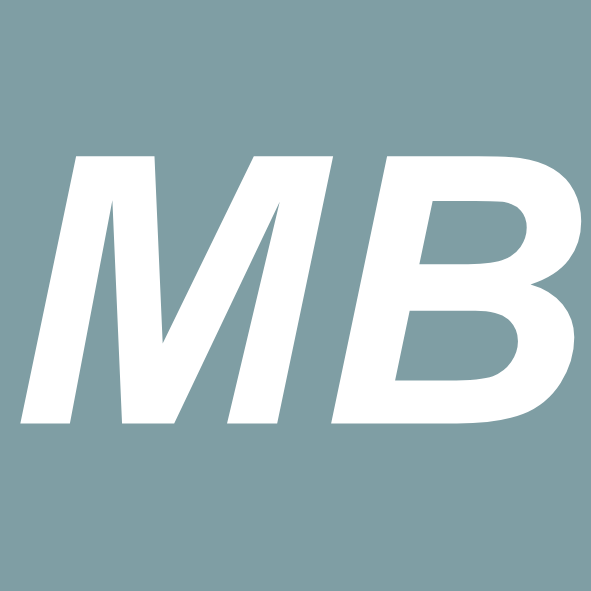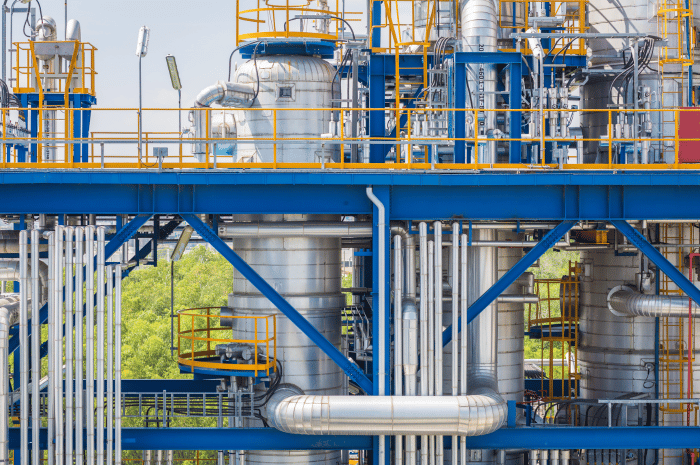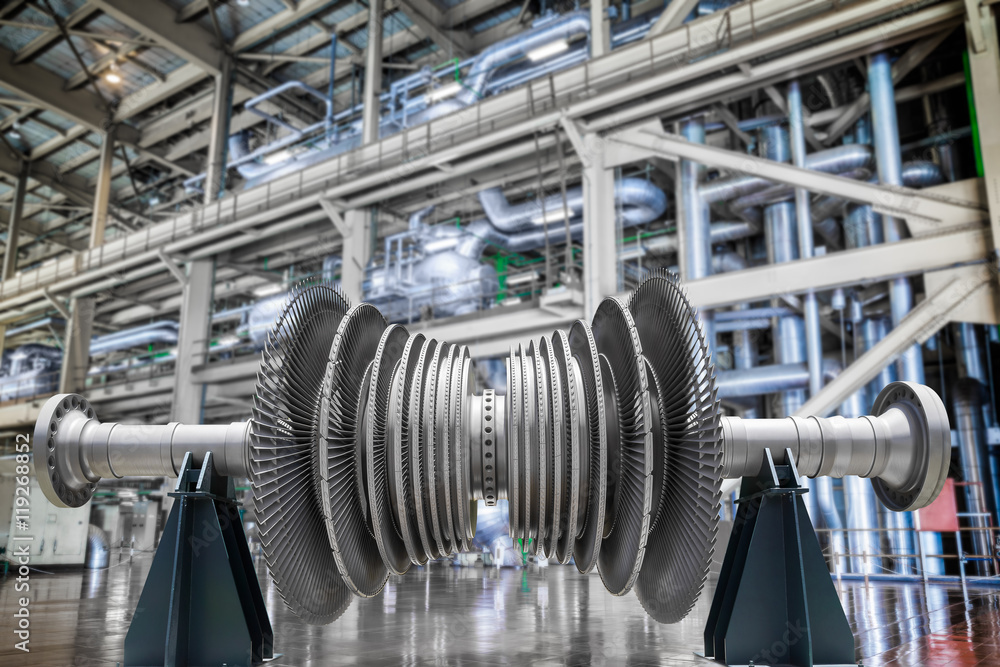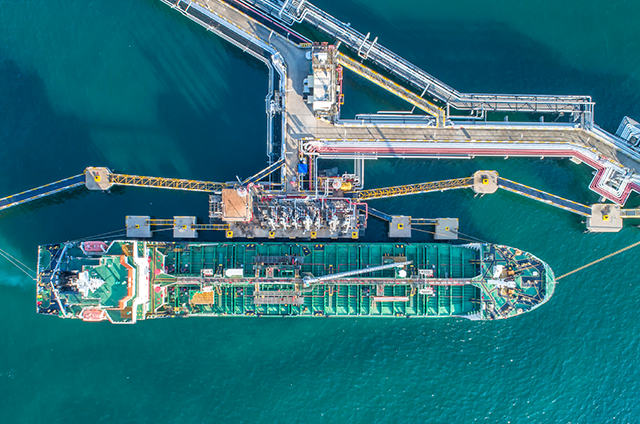Lukoil Neftochim Burgas’ refinery at Burgas, Bulgaria, first came online in September 1963. It has a processing capacity of roughly 9.5 million tonnes of crude oil a year. (Feb 16, 2015 | Source)
LUKOIL Neftohim Burgas is an oil refining enterprise located in South-Eastern Europe on the Balkan peninsula (15 km from Burgas).
The refinery operations include receipt, storage and processing of different crudes, delivered by tankers to Rosenets Port terminal. The oil is transferred by pipeline to the LUKOIL Neftohim Burgas main production site.
LUKOIL Neftohim Burgas produces a wide range of high quality oil products. These include:
- Motor fuels — gasoline, diesel fuel and propane-butane;
- Jet fuel — JetA1;
- Products for asphalt road covering and construction purposes — bitumen;
- Fuel for burning in fuel units — oil fuel;
- Fuels for non-road machinery — gasoil;
- Feedstock for olefins production — virgin naphtha;
- Petrochemical products, polymers and other chemical products.
2015 Burgas Refinery Modernization Program Summary
The Lukoil Neftochim Burgas refinery underwent a major $1.9 billion modernization program, completed in 2015, to enhance efficiency, meet stricter environmental standards, and boost high-value fuel production. Key components included:
1. Core Assets and Capacities
- Heavy Residue Hydrocracking Complex:
- Capacity: 2.5 million tonnes/year (largest in Eastern Europe).
- Technology: Axens’ H-Oil process (ebullating bed reactors).
- Purpose: Convert heavy vacuum residue into low-sulfur diesel and other light products.
- Sulfur Recovery Unit (SRU-4):
- Cost: $71 million.
- Replaced: Older Sulphur Gas-2 unit.
- Output: Enhanced sulfur processing to meet Euro-5 standards.
- Phase 2 Vacuum Gas Oil Hydrocracker (VGOHCK):
- Capacity: 1.8 million tonnes/year (planned for later phase).
2. Technologies and Licensors
- Hydrocracking: Licensed by Axens (H-Oil process).
- Sulfuric Acid Alkylation Unit (SAAU): Licensed by Haldor Topsoe (Wetgas Sulphuric Acid technology).
- Advanced Process Control (APC): Implemented by Honeywell for crude distillation (CDU) and fluid catalytic cracking (FCCU) units.
3. Contractors and Financing
- EPC Contractor: Technip (Phase 1, including hydrogen units and utilities).
- Financing: €420 million ($480 million) export credit facility, backed by SACE and provided by BNP Paribas, ING Bank, Société Générale, and UniCredit.
4. Outcomes
- Increased Euro-5 diesel production by 1.2 million tonnes/year.
- Eliminated high-sulfur fuel oil output.
- Raised light petroleum product yield to 80.8% (pre-modernization baseline).
The modernization positioned Burgas as a leading refinery in Southeast Europe, aligning with EU environmental standards and improving competitiveness through advanced residue conversion technology.
2024 Burgas Refinery Modernization Program Summary
- Main Asset: Construction of a new advanced catalytic hydrocracking unit.
- Investment: €910 million.
- Contractor: Technip (Italy).
- Timeline: 37 months (completion expected by 2027).
- Technological Impact: Raises crude conversion depth to over 90%; enables shutdown of older thermal cracking and Gas Sulfur-2 units.
- Compliance: Supports transition to processing only non-Russian crude from October 2024, in line with Bulgarian and EU regulations.
- Environmental Benefit: Reduces harmful emissions and modernizes fuel production to Euro-5 standards.
















